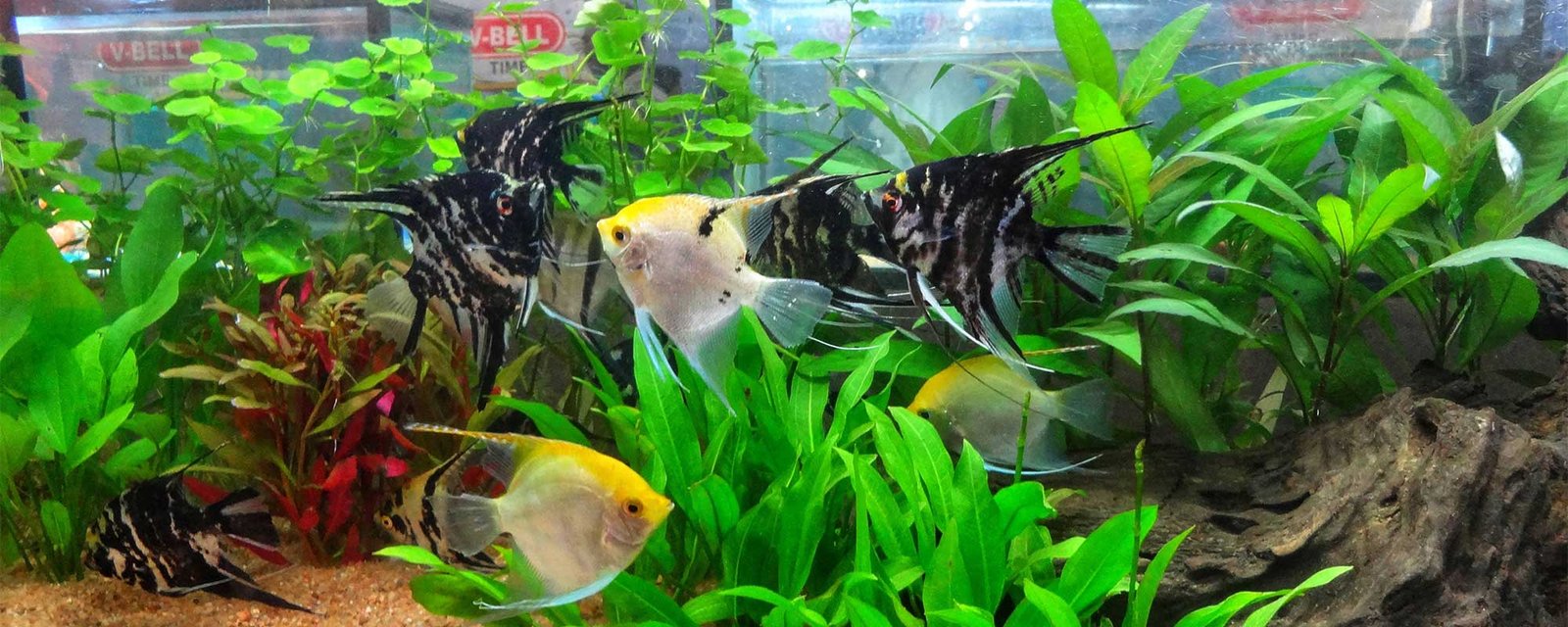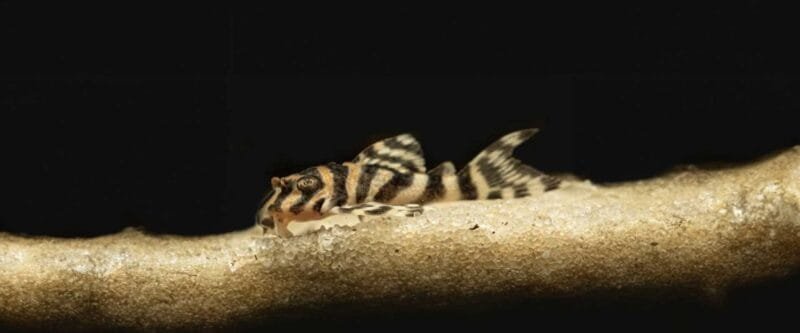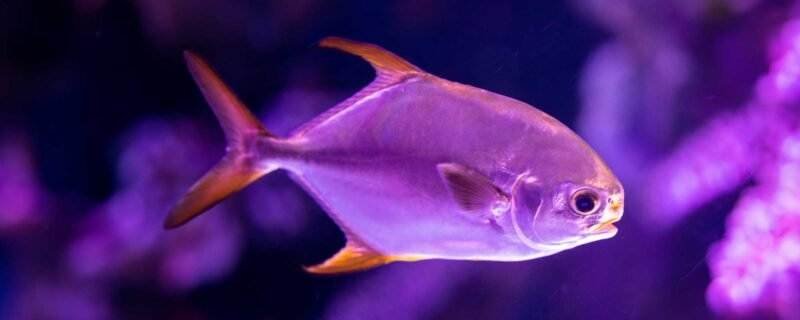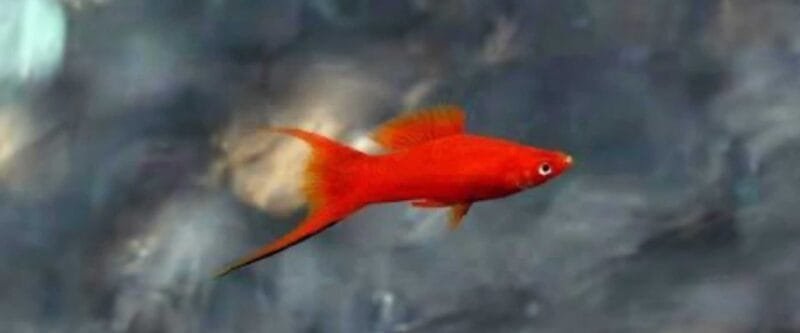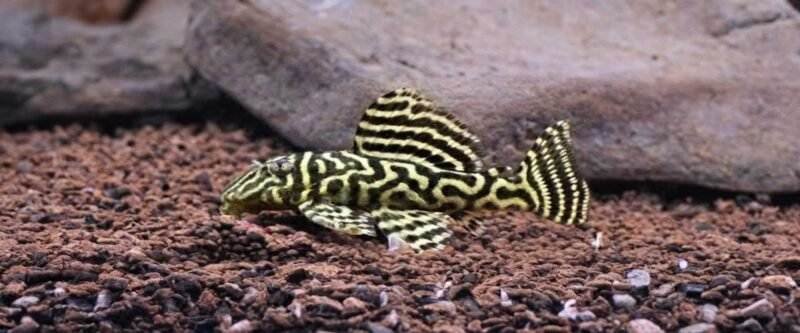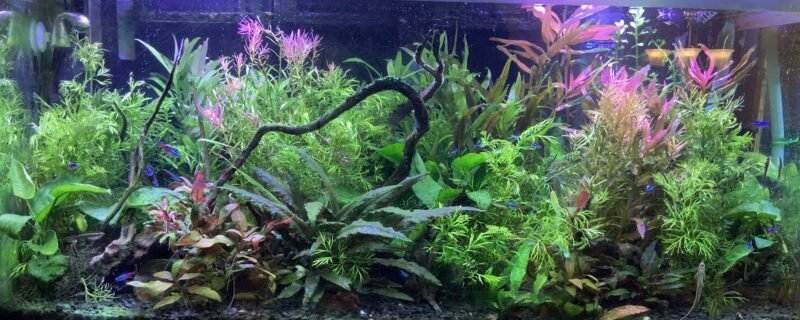In the world of aquarium enthusiasts, aquascaping is the secret ingredient that elevates a simple fish tank into a captivating underwater masterpiece. It’s more than just arranging rocks and plants; it’s an art form that combines creativity, horticultural skills, and a deep understanding of aquatic ecosystems. In this article, we’ll dive deep into the enchanting world of aquascaping, exploring what it’s all about and how you can embark on your own aquatic design adventure.
What is Aquascaping?
Aquascaping is the practice of designing and arranging aquatic elements within an aquarium to create a visually appealing and harmonious underwater landscape. It’s the art of transforming a plain glass box into a mesmerizing underwater paradise where fish and aquatic plants coexist in harmony. The goal of aquascaping is to mimic the beauty and balance of natural aquatic environments, from serene forest streams to vibrant coral reefs, within the confines of a fish tank.
The Essentials of Aquascaping
- Hardscape Elements: The backbone of any aquascape is the hardscape, which includes materials like rocks, driftwood, and substrate. Carefully selecting and positioning these elements is crucial to achieving the desired aesthetic. Common hardscape materials include lava rock, seiryu stone, and Malaysian driftwood.
- Aquatic Plants: Live plants play a pivotal role in aquascaping. They not only provide oxygen and help maintain water quality but also contribute to the overall beauty of the aquascape. Varieties like Anubias, Java Fern, and Monte Carlo are popular choices.
- Aquarium Lighting: Proper lighting is essential for plant growth and to showcase the aquascape’s beauty. LED lighting systems with adjustable intensity and color temperature are often used to create the right ambiance.
- Filtration and Water Quality: Maintaining pristine water conditions is crucial for both fish and plants. Adequate filtration, water circulation, and regular water testing are essential to keep your aquascape thriving.
- Aquascaping Tools: Specialized tools like tweezers, scissors, and algae scrapers are indispensable for fine-tuning your aquascape and keeping it in pristine condition.
Styles of Aquascaping
Aquascaping allows for endless creativity, and several popular styles have emerged over the years. Here are a few notable ones:
- Nature Aquarium Style: Inspired by natural landscapes, this style focuses on recreating the serenity and balance found in forests, meadows, and rivers. It often features lush plant growth and strategically placed hardscape elements.
- Dutch Style: Known for its vibrant and colorful arrangements, the Dutch style emphasizes dense plant growth and meticulous trimming to create intricate patterns and symmetry.
- Iwagumi Style: Simplicity is key in the Iwagumi style, which showcases a minimalistic design centered around carefully placed rocks, often in odd numbers, to create a sense of balance and harmony.
- Biotope Aquariums: These aquascapes aim to replicate specific natural habitats, such as Amazonian rivers or African rift lakes, down to the smallest detail, including the choice of fish and plants native to those regions.
The Benefits of Aquascaping
Beyond its aesthetic appeal, aquascaping offers several benefits for both hobbyists and their aquatic residents:
- Stress Reduction: Aquascaped tanks provide a more natural and less stressful environment for fish, promoting their well-being.
- Educational Value: Observing the interactions between plants, fish, and aquatic life in a well-maintained aquascape can be both educational and therapeutic.
- Creative Outlet: Aquascaping allows hobbyists to express their creativity and design skills while indulging in their passion for aquariums.
- Community Engagement: Joining the aquascaping community offers opportunities to connect with like-minded enthusiasts, share knowledge, and participate in competitions and exhibitions.
Getting Started with Aquascaping
Ready to embark on your own aquascaping journey? Start by researching different styles and aquascaping principles. Gather the necessary materials, including hardscape elements, aquatic plants, and appropriate equipment. Experiment, learn from your successes and challenges, and don’t hesitate to seek guidance from experienced aquascapers or online forums.
In conclusion, aquascaping is a captivating art form that transforms aquariums into breathtaking underwater landscapes. By combining your creativity with a solid understanding of aquatic ecosystems, you can create stunning aquatic displays that not only captivate the eye but also provide a harmonious environment for your aquatic companions. Dive into the world of aquascaping, and let your imagination flow like the currents of a serene riverbed.

